Let’s play a game.
Let’s sum up in three words our impressions of the capitals we have visited in this year’s travels:
MADRID: Historical, cultural, gastronomically delightful
ROME: Ancient, proud, stuck in time
ATHENS: Colourful, relaxed, fragrant
TIRANA: Young, hungry, adventurous
SKOPJE: Sculpture burdened, eclectic, renovating
SOFIA: Mmm…I can’t think of any words. Let’s wait to finish the post.
Going through what we remember about Sofia may help us describe it.
So what is it that we remember most?
Smooth arrival
Visiting cities with Dora can often be stressful. Arriving and parking at Sofia was incredibly smooth. After a quick search online for places to park, we decided to head off to the end of a tram line, hoping to find a free car park.
We did. Only one space was available, and it was also big enough for Dora. The tram station was only two minutes walk from the car park.
Funny stories
Dora’s tank was pretty empty. Our search for a tap on the way up to the city was unsuccessful. A dry tank means no cooking and no shower!
We tried a green park close to where we parked, they often seem to have water taps. But it is only when you are desperately looking for something when you can’t find it.
I looked across the road; I could see a car repair business. Surely they had to have water to wash the cars. I tried my luck. Among the six male employees working in the business, only one could speak a bit of English. With a bit of that and the help of gestures, we got to an agreement:
Me: Water for a camper
Him: Yes
Me: Money? Free
Him: Yes, free
People here are so nice.
We brought Dora and filled her tank. He got carried away when he found I was Spanish, he was quite good at it. I wish he had said earlier!
We drove off, not before thanking him many, many times.
Him: No problem. Are you driving the motorhome? Asked astonishingly when he saw me behind the wheel.
Us: Yes. Women can also drive motorhomes, isn’t it amazing?
Sightseeing
Once we got all that sorted, we got the tram to the centre. What did we see?
A panoramic shot of the centre, to start with;
A church, close;
and next to it…. Roman ruins, of course. The Romans also got here. The ruins were found when they started to excavate to build a metro station. I bet that affected the station building plans.
An Orthodox church. We are started to skip them. There are only so many you can see before you get unimpressed by them.
A mosque. The Ottoman empire left a strong footprint in this part of Europe.
The visit to Aleksander Nevski Church was mandatory, it was the top choice in our guide. Photos were not allowed, so pictures from outside only have been provided.
More decadence, with that golden roof.
The gold and the green of the oxidised copper contrast so well against the sky. GDR
Architectural bits
Quite adventurous to use glass like this, very thin and exposed. GDR
But a very simple form. GDR
And this office building you could find anywhere in the world. Will all cities look that same in the future? GDR
Common features in ex-communist big cities
Rusty, old, clunky public transport.
Straight, cobbled roads, as supposed to asphalted, wide avenues typical of modern western cities.
Linear, functional, dull coloured residential buildings.
Disproportional large main squares compared to the size of the roads ending in it. Which now seem to be used solely for parking cars, what a shame. GDR
The odd western company that quickly stuck its claws in as soon as these countries opened up to the western world.
A cobweb of cables, messy, dangerous, but nonetheless, laughable.
Food
We had no picnic with us that day and no intention to buy one, it would have been nice to have another gyros like we did in Greece. Bulgarian and Greek cuisines share some dishes. Not surprisingly due to their proximity.
We struggled to find a take away snack shop, but we eventually did, with a park nearby to have it in.
We both went for two storey meat sandwiches, with some tomato and a bit of lettuce, and headed off to the park. Relaxed, sloppy, lazy, laying back on the bench, we started to have superfluous discussions, such as what meat they had put in our sandwich, as it didn’t taste of anything we knew (bit suspicious but we ate it anyway. If it was good for Bulgarians, it would be good for us ![]() )
)
or who were in charge of a group of five children playing in the park. There were no adults around, only us. Were they left on their own, in a big city? If that was the case, then the paranoia may not have reached Eastern Europe yet.
Red Army sculptures
Of course! Some people made a lot of money out of them.
Although we did find quirky, different ones
on which they used different themes: horror, violence, suffering, pain…
and used different styles: rough, unpolished surfaces; disproportional sizes…
Another quirky sculpture dedicated to those square cars so emblematic of the a communist city landscape. Interestingly, there are still quite a few of them around and working!
What made us laugh
1) Russian Gary
We came across an eighty years old guy selling WWII stuff, not only red army related, but also Nazi related.
The old man was very charming, and his eyes opened up when he saw us slowing down to look at his stuff:
Mr Lenin, Mr Lenin, he kept saying with a lapel pin of Lenin in his hand.
Stalin, he simply said with one of Stalin’s portraits. He obviously didn’t consider Stalin important enough to deserve the ‘Mr’ title.
Us smiling at this approach encouraged him to offer all kind of stuff. He obviously thought Gary would look cool in a Russian hat. I am not sure if he looked cool, he definitely looked hot. It was 30 Degrees in the shade that day.
Politely we said good-bye and moved on.
2) Tram stations
When trams run in the middle of the streets, you would expect to see the stations placed in the middle too, so that people can get on and off, buy tickets, etc. Well, not in Sofia. Some stations had been built in the middle of the streets but others had been built on the pavement, near to bus stops. So when trams stopped at these stations, cars had to stop to let people get off. Hilarious!
Good job this wasn’t in Italy, there would be a lot of dead people. GDR
Quirky findings
1) Mineral water taps in the middle of Sofia!
Lots of them, the smell was intensely sulphuric. It felt like being back at Stromboli.
The water was quite hot. Shame that there were not baths available, only fountains.
Dozens of locals were filling up their plastic water bottles, probably to drink it. This is the list of all the minerals that this water contained. It maybe be good for you but I bet it tasted disgusting. Although, Gary can tell better than me, he was brave enough to try it. Yes it was. GDR
2) A vegetable market
They had any vegetable you could think of, all really appetizing: from shining aubergines to red, blood tomatoes; meaty courgettes; wide-selection of fresh lettuces or bitterly marinated olives. All sold at incredibly good value. We made the most of it and bought enough vegetables for a few days.
Of course, we were not allowed to choose. They knew exactly which ones to give us. The ones at the back, less attractive and close to their expire date.
We spent the next two days eating vegetables for lunch and dinner, so they didn’t get wasted. The romantic idea of shopping in local markets is not for me. I prefer to shop in big supermarkets, where quality is unmatchable and goods last longer, which makes your shopping much more efficient.
We have finished the post and we cannot think of any words to describe Sofia. So let’s call it “Indifferent”. Any other suggestions are more than welcome.
SM
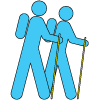
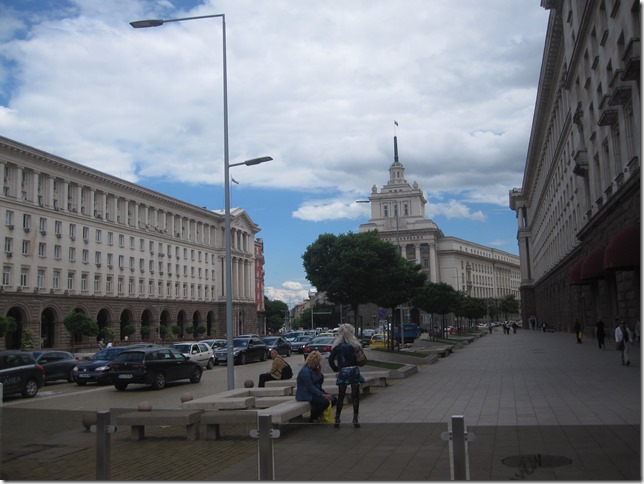
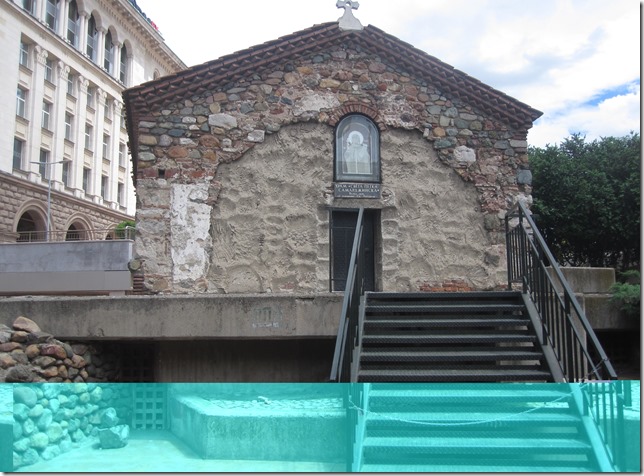
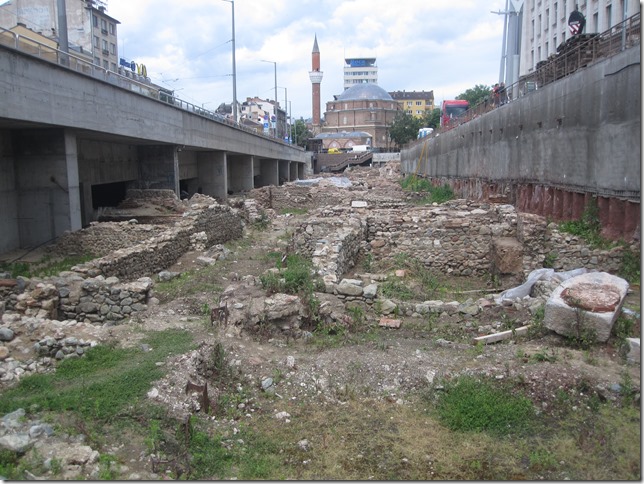
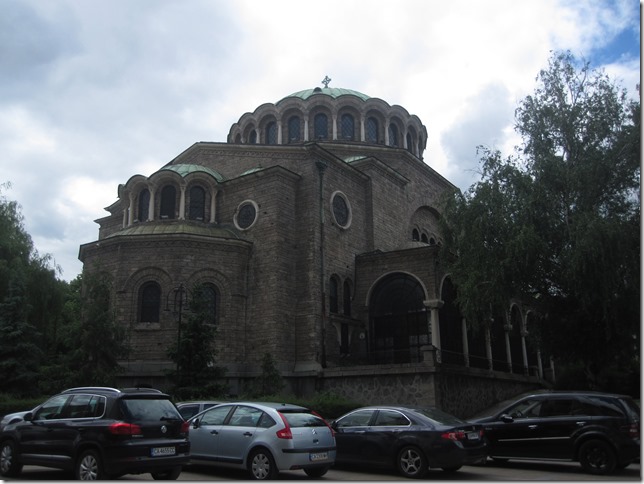
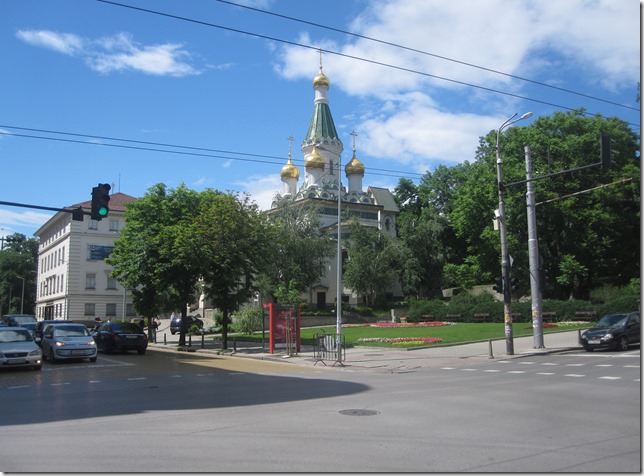
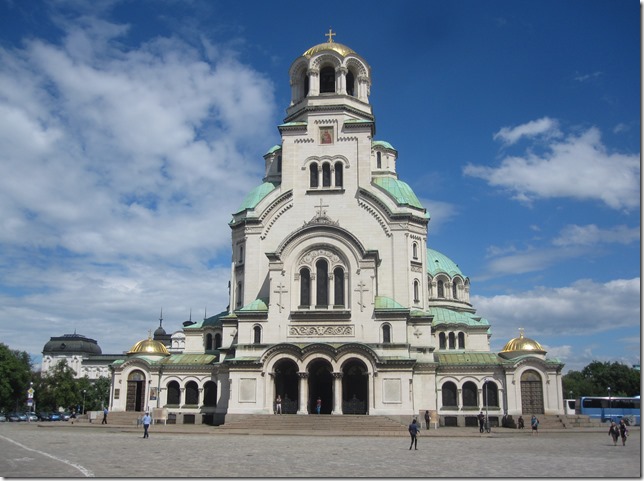
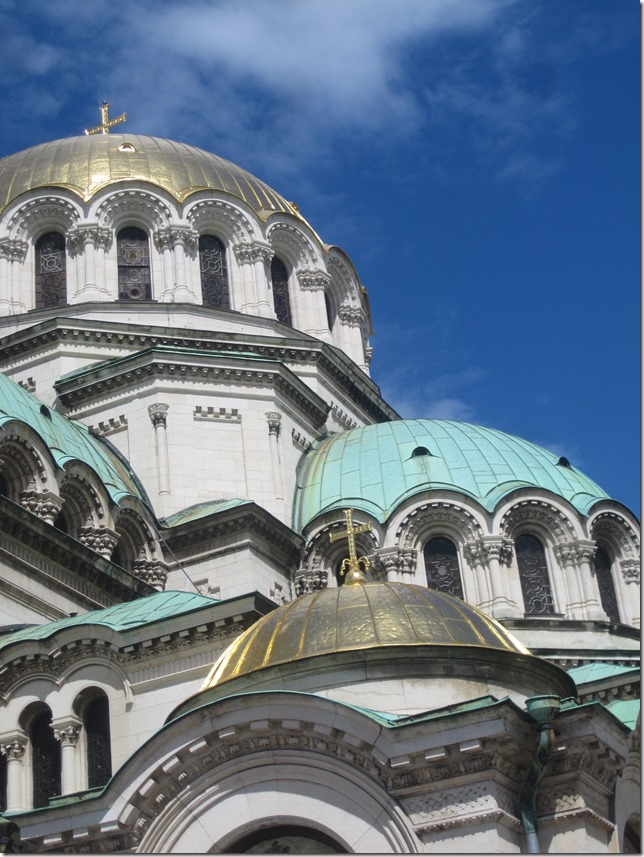
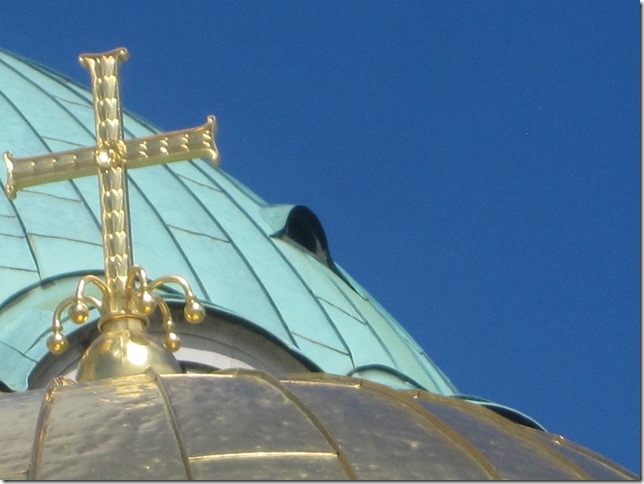
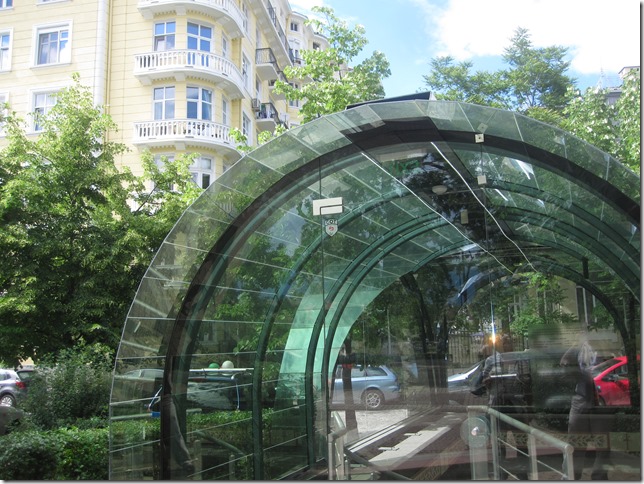
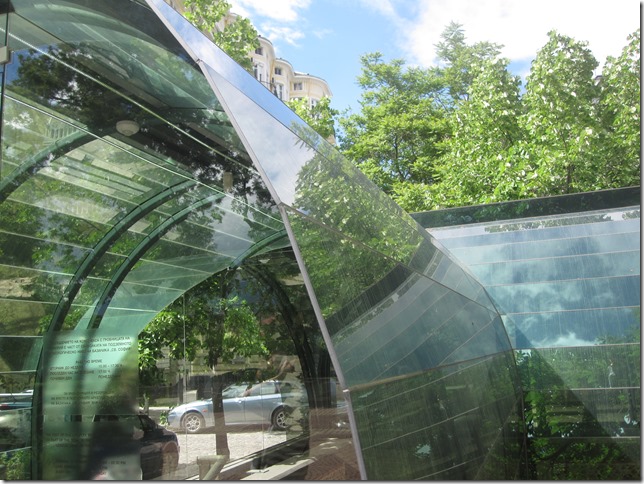
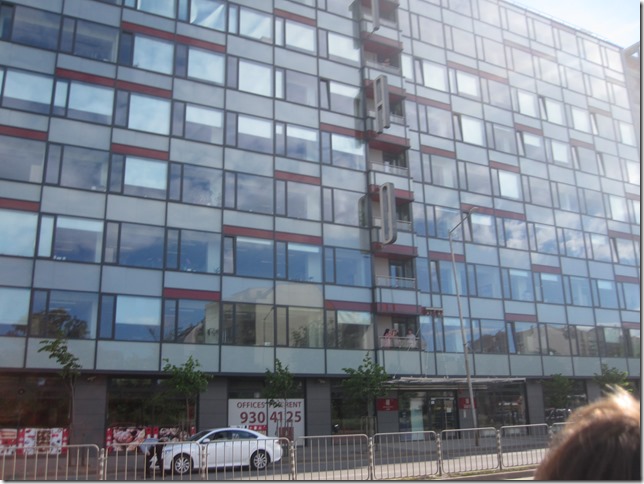
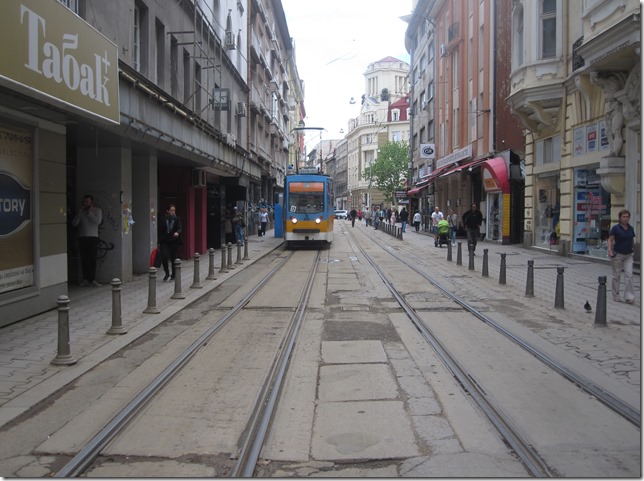
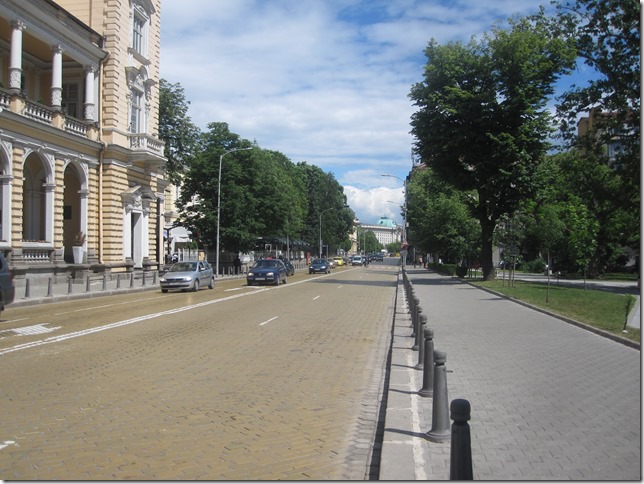
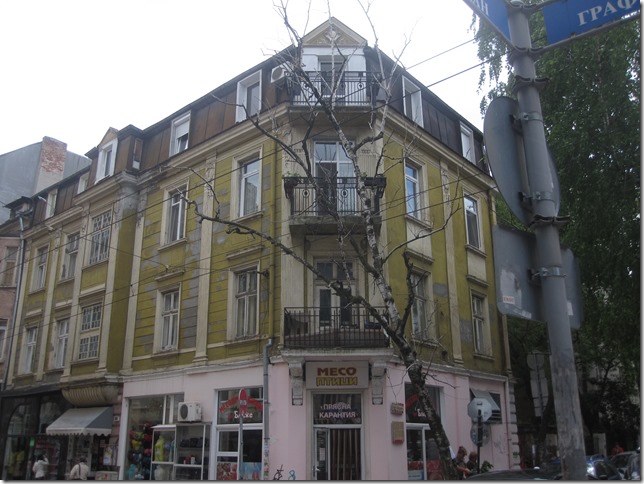
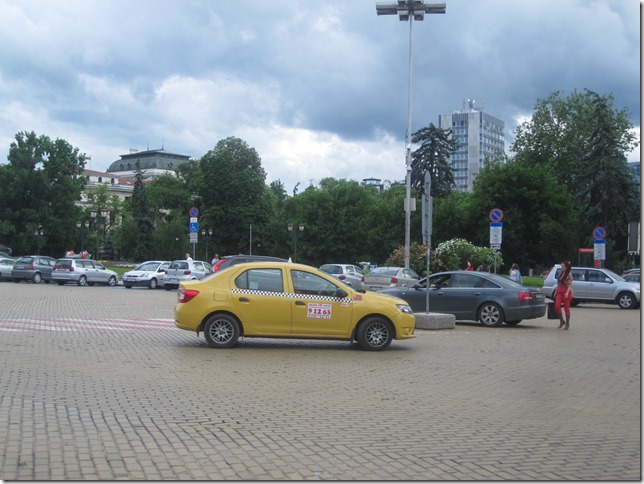
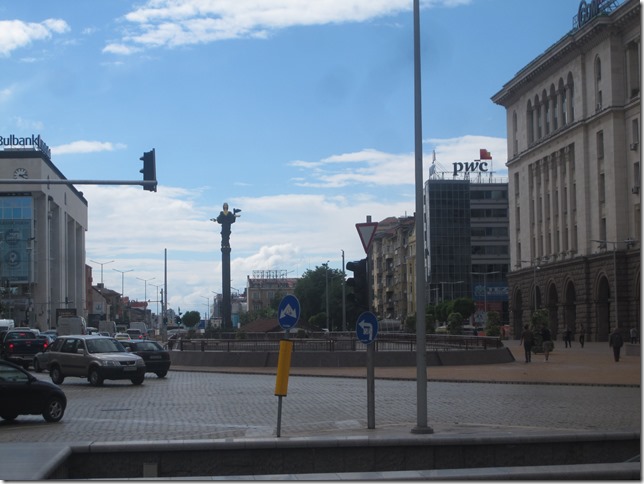
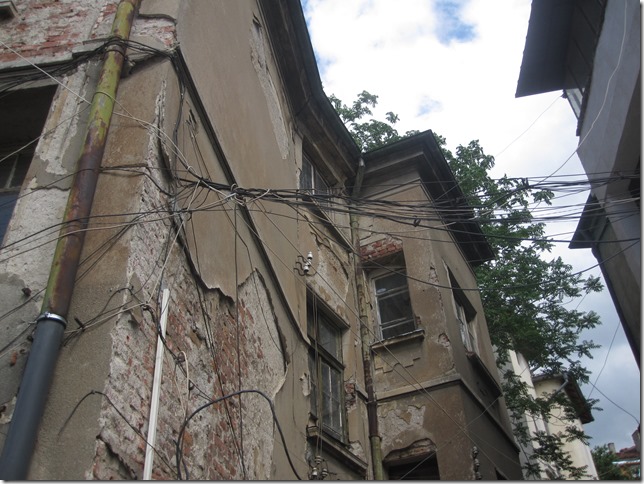
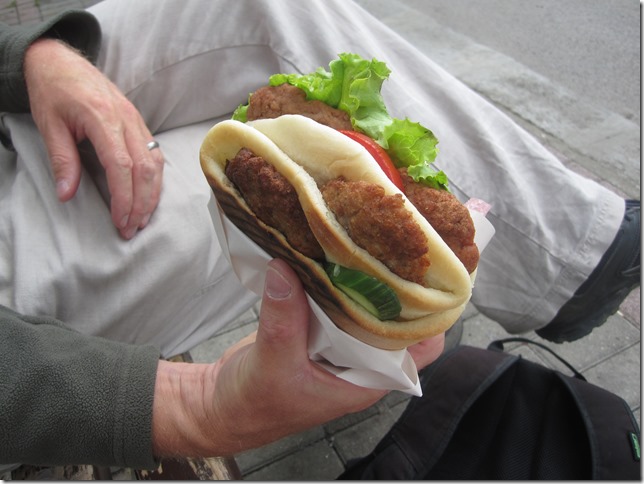
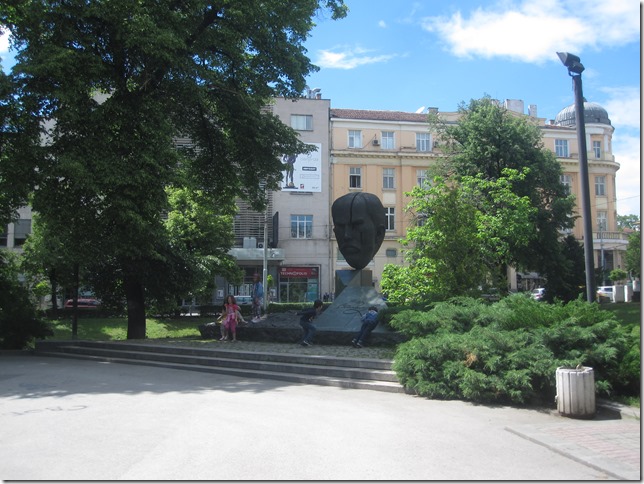
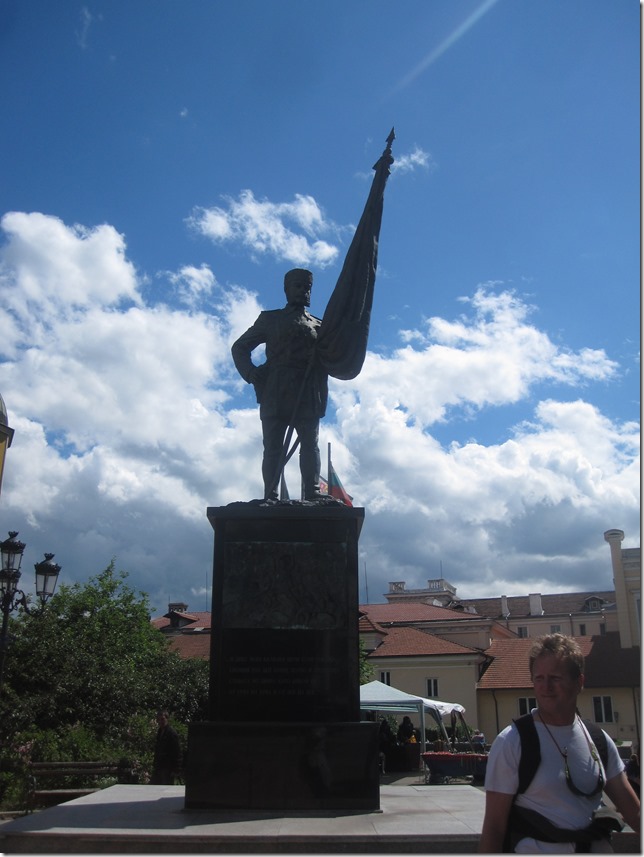
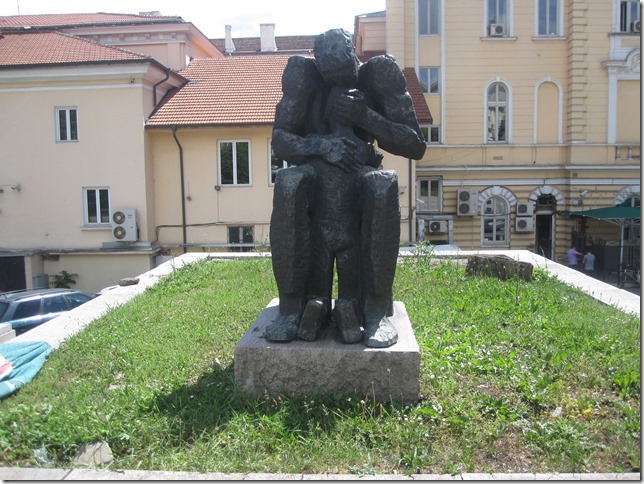
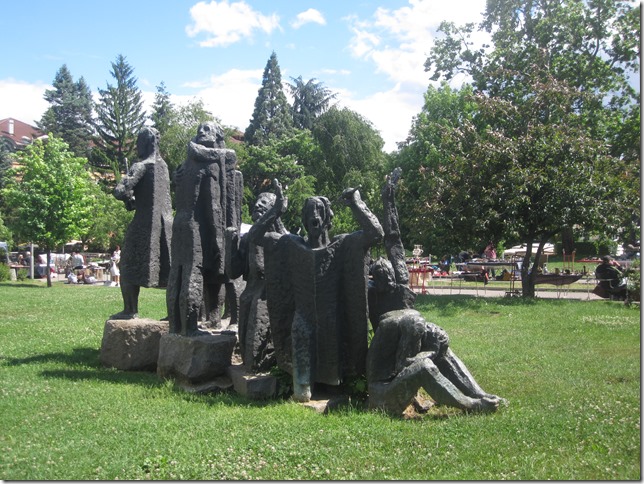
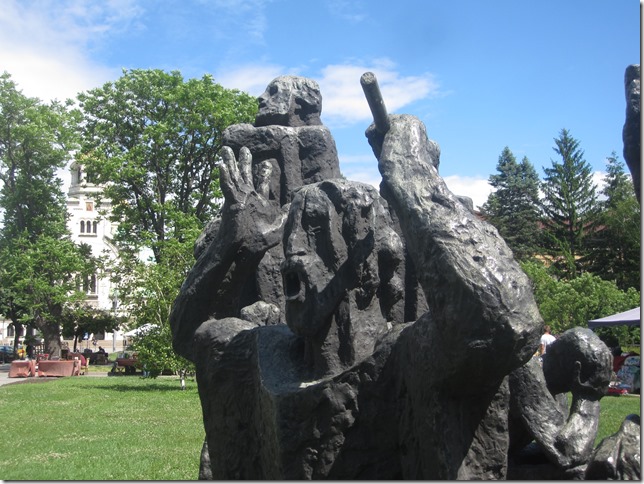
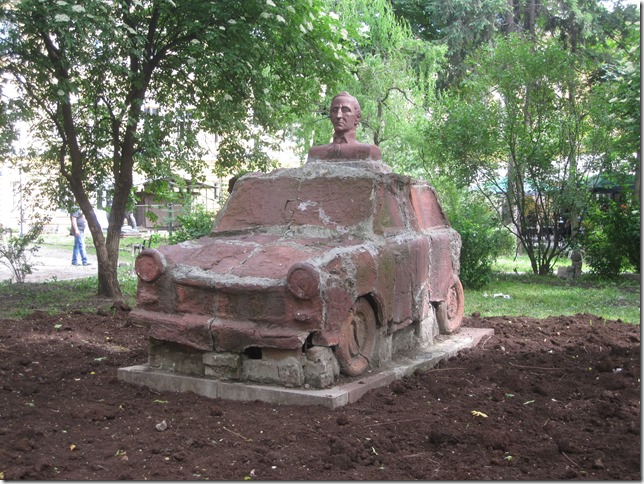
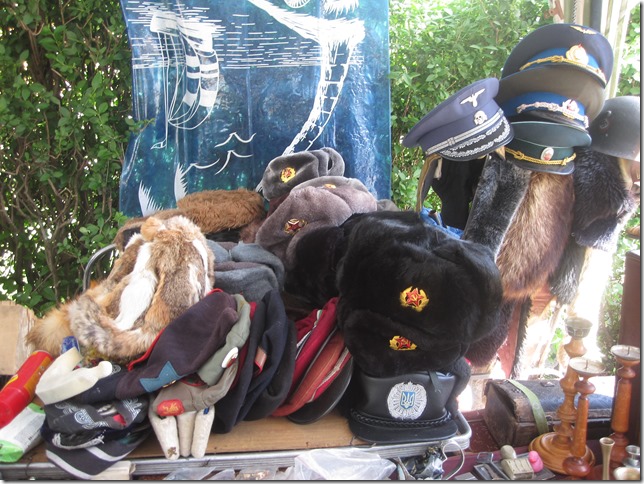
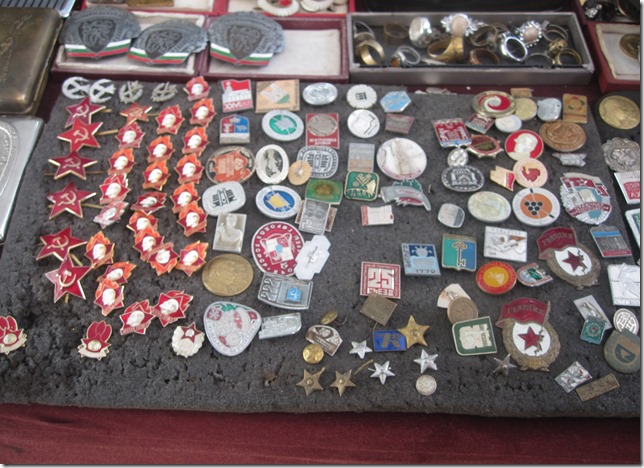
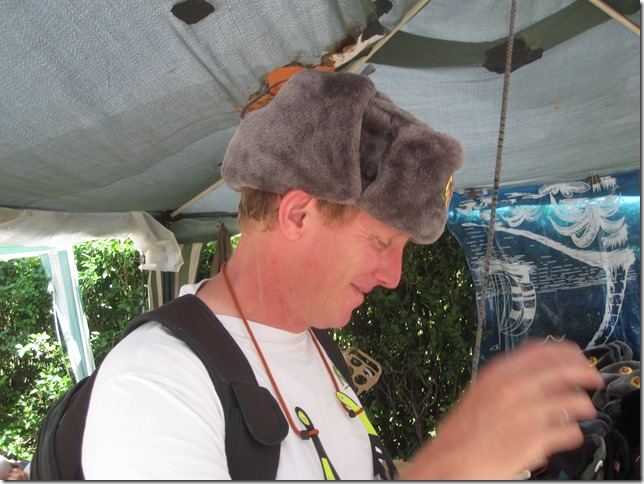
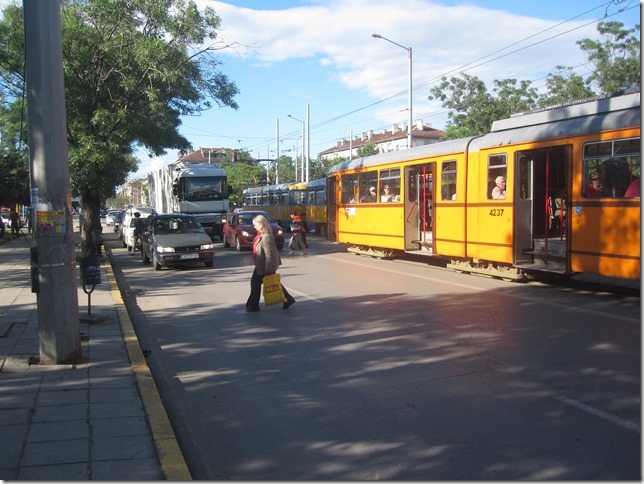
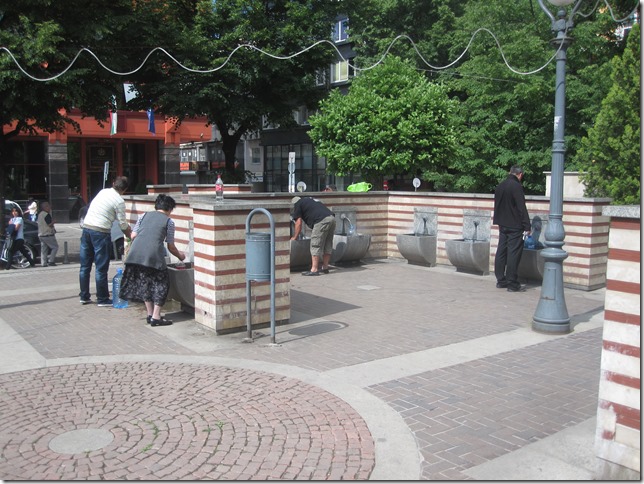
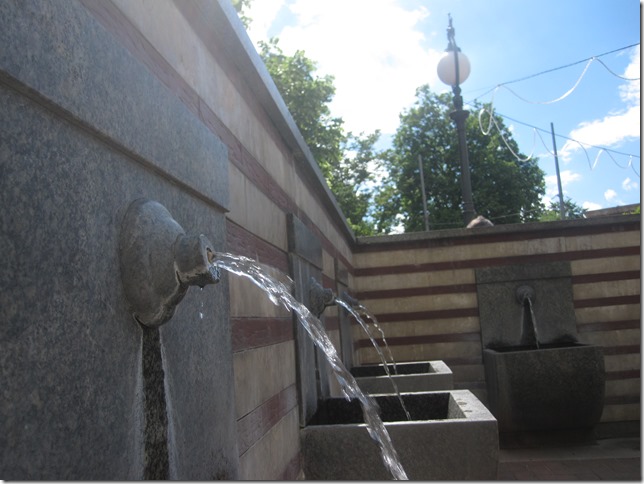
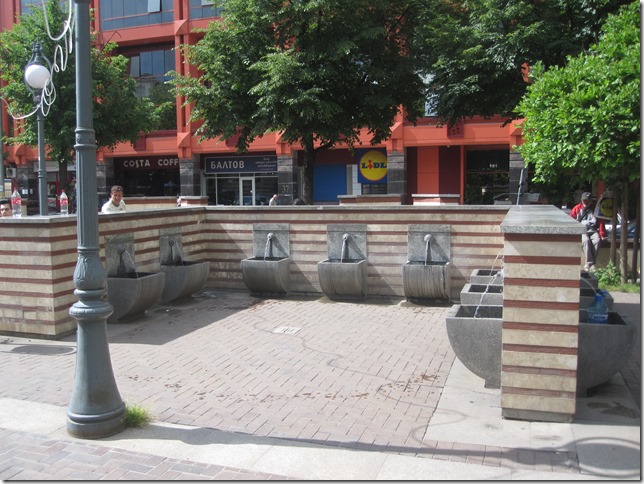
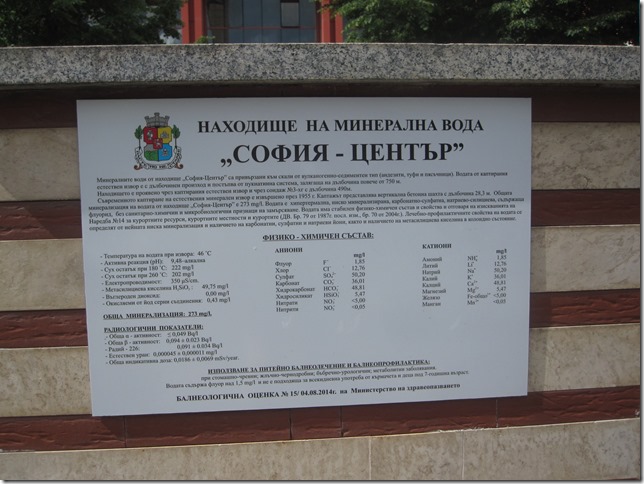
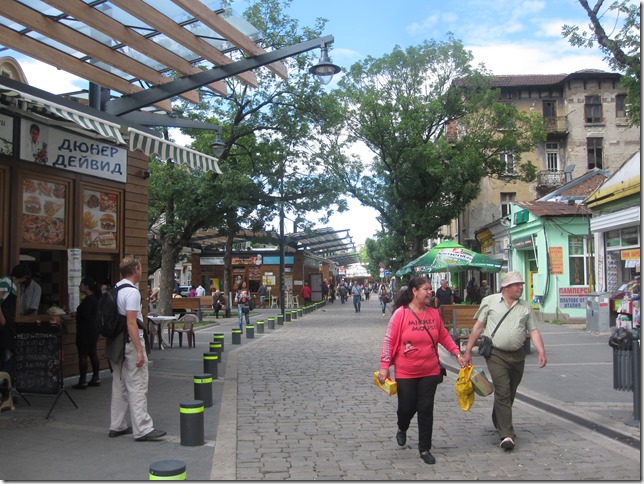






Como me gusta esta pagina, lo habéis descrito muy bien. la conversación que tenéis es muy amena y agradable, ¿ Porque se extraña de ver una mujer conduciendo una caravana? Somos cualquier cosa las españolas……….
Luego decís de las iglesias, las mezquitas no tienen nada que envidiar también son muy bonitas.
Más despacio escribiere en esta página para seguir el juego ¿ De acuerdo?
Muchas gracias!! Me alegro de que te guste y muchas gracias por seguirnos!